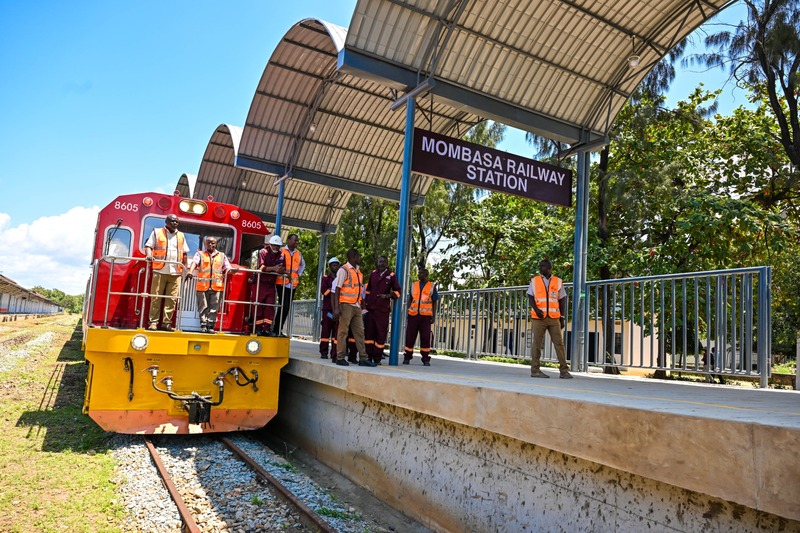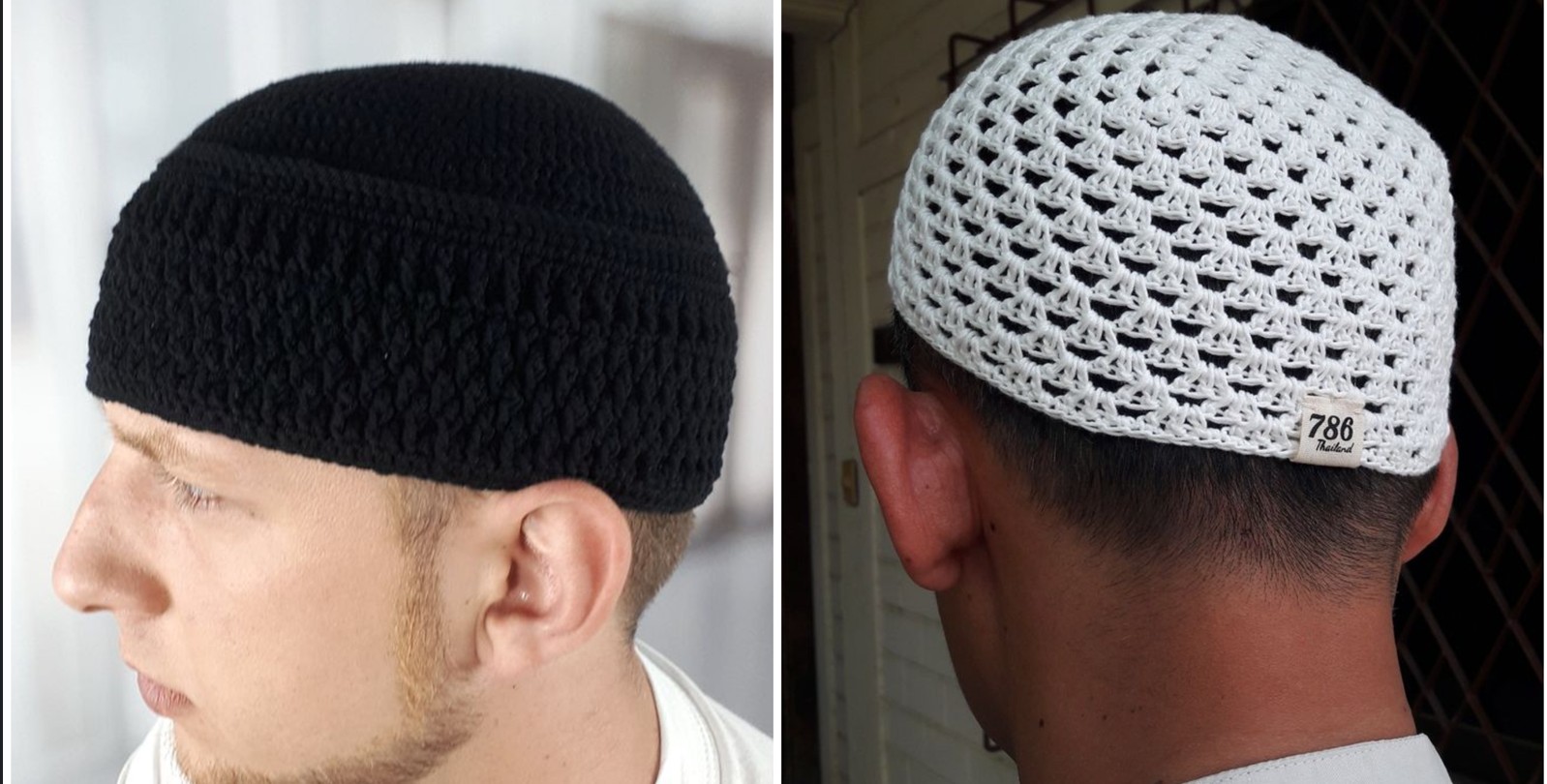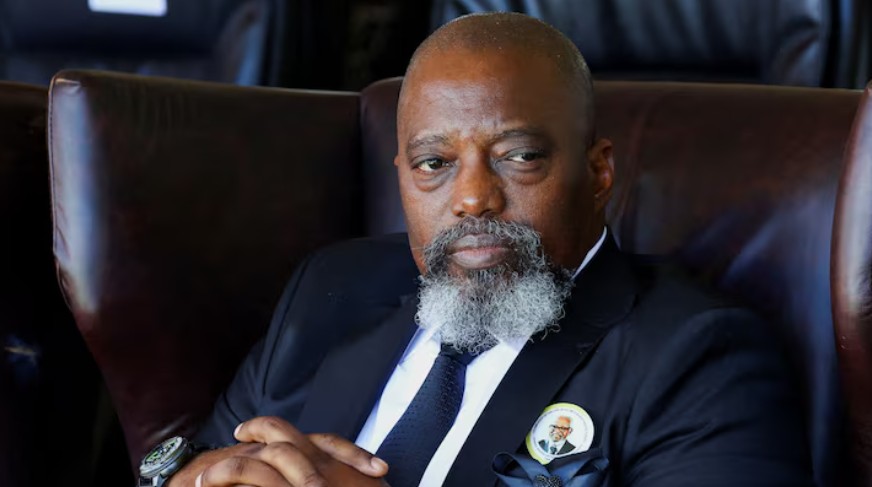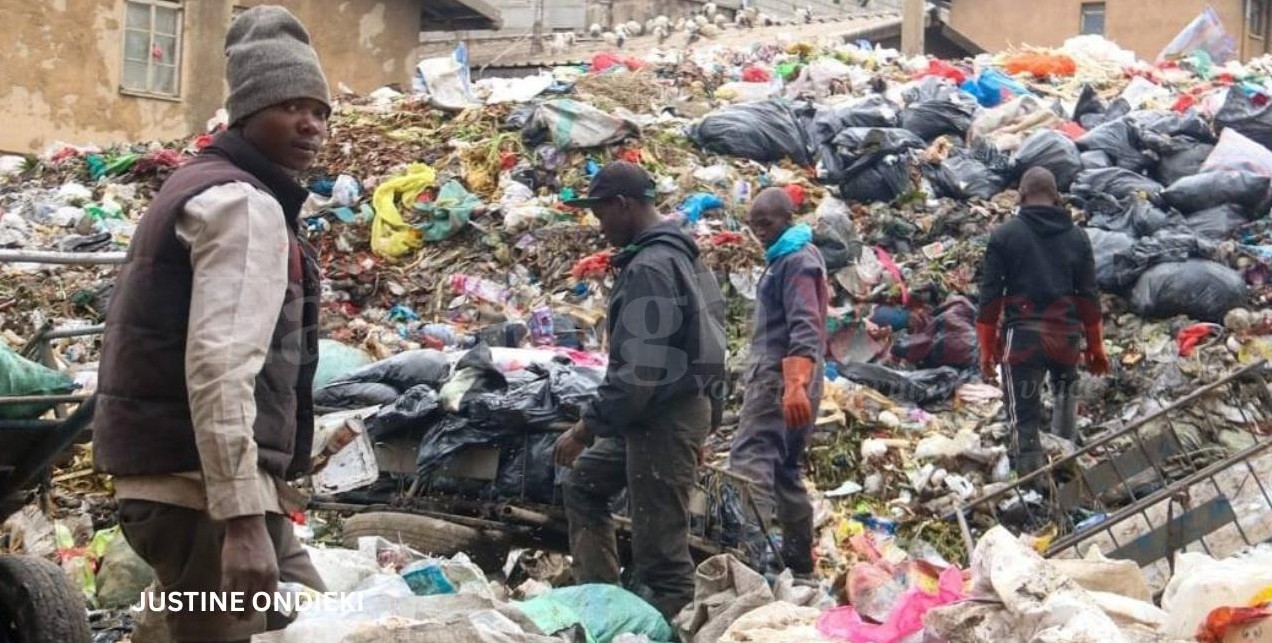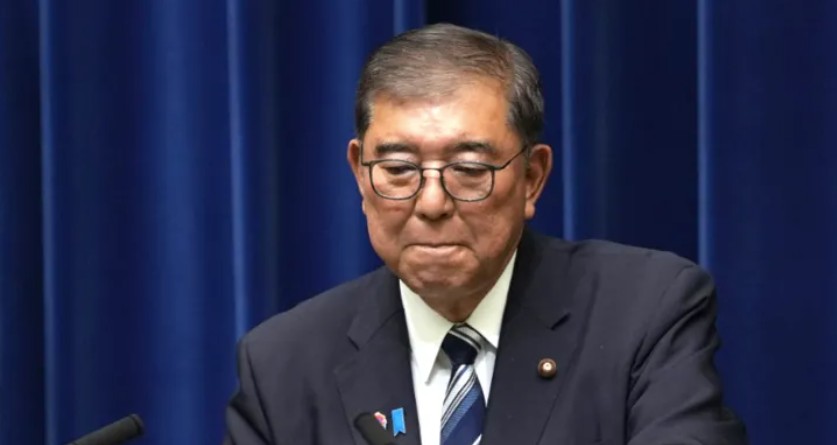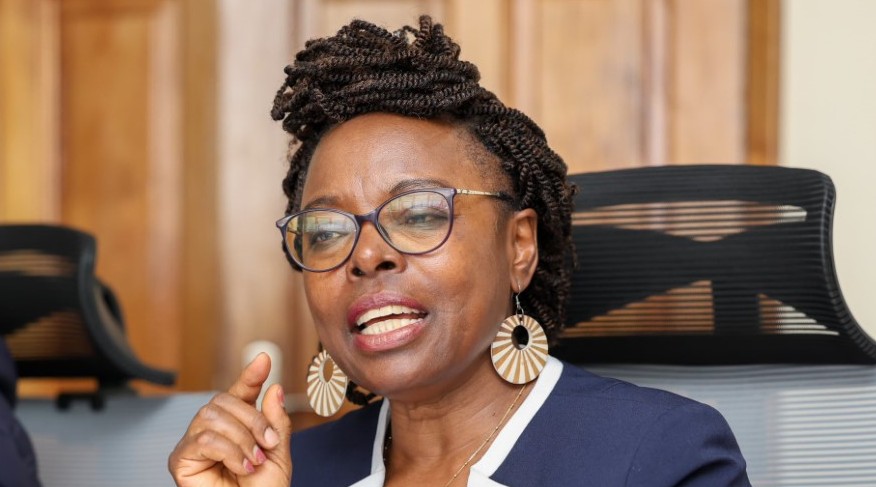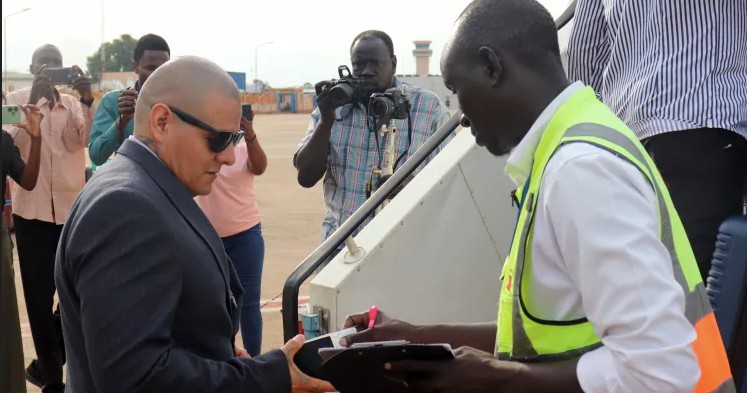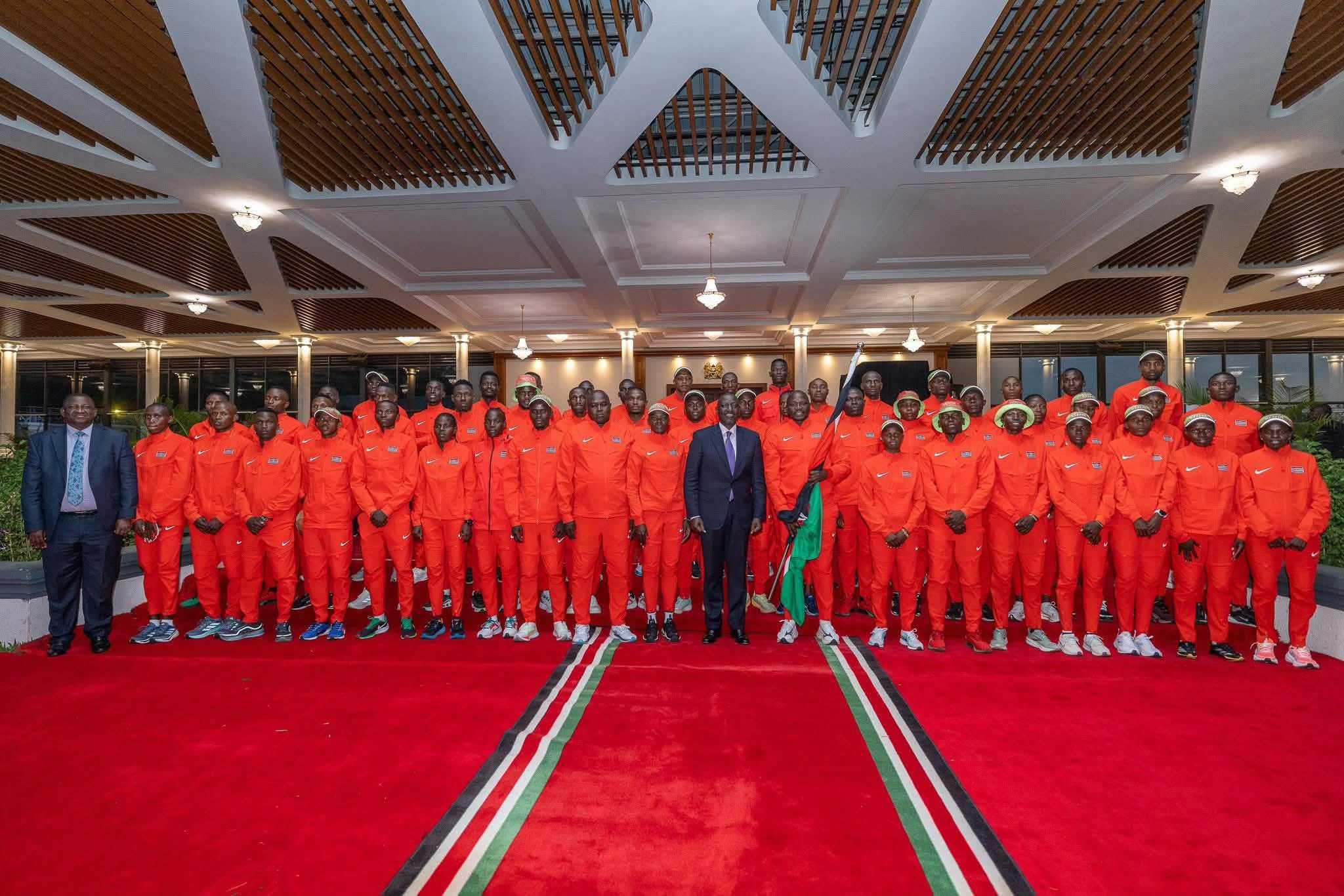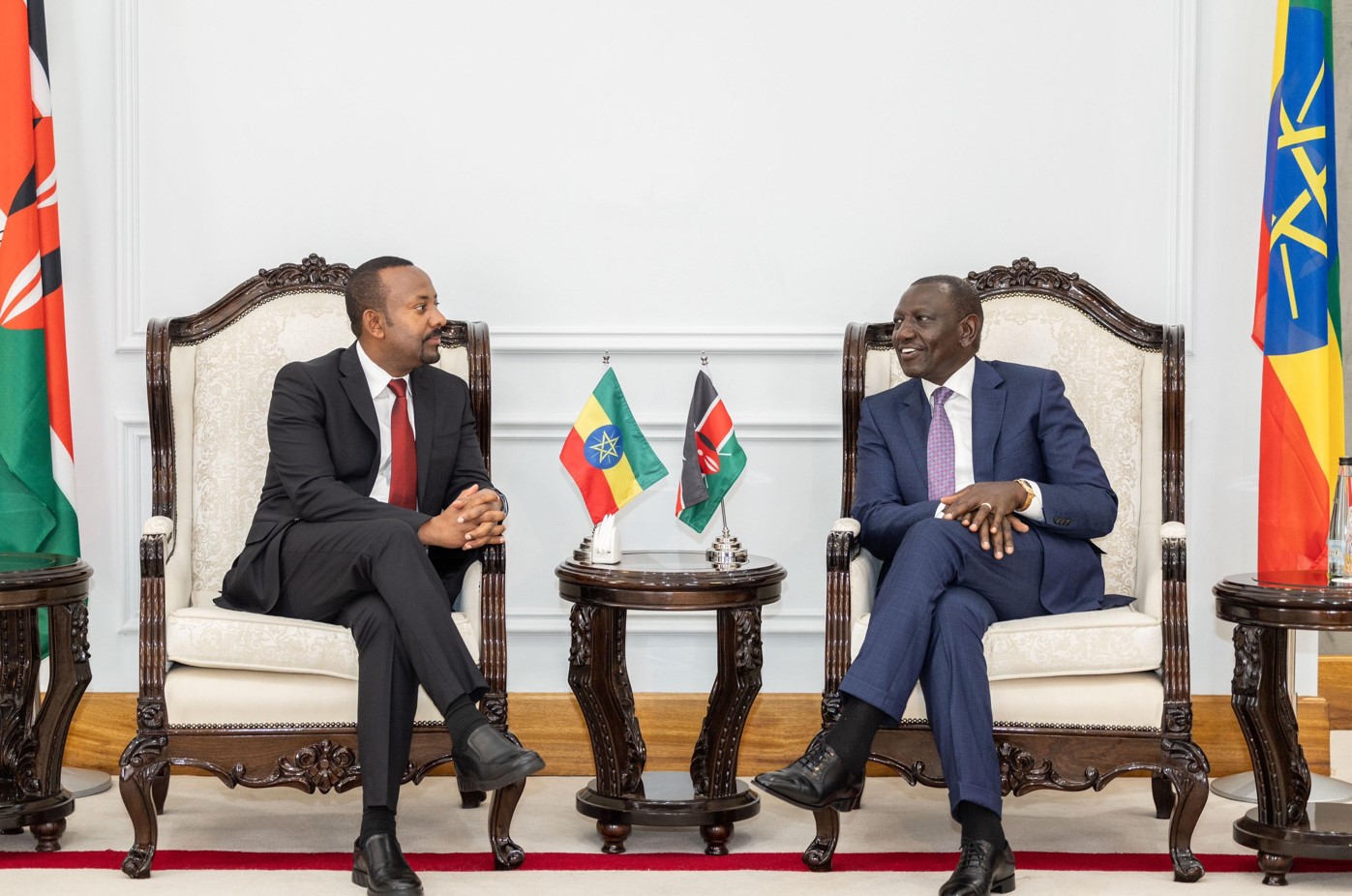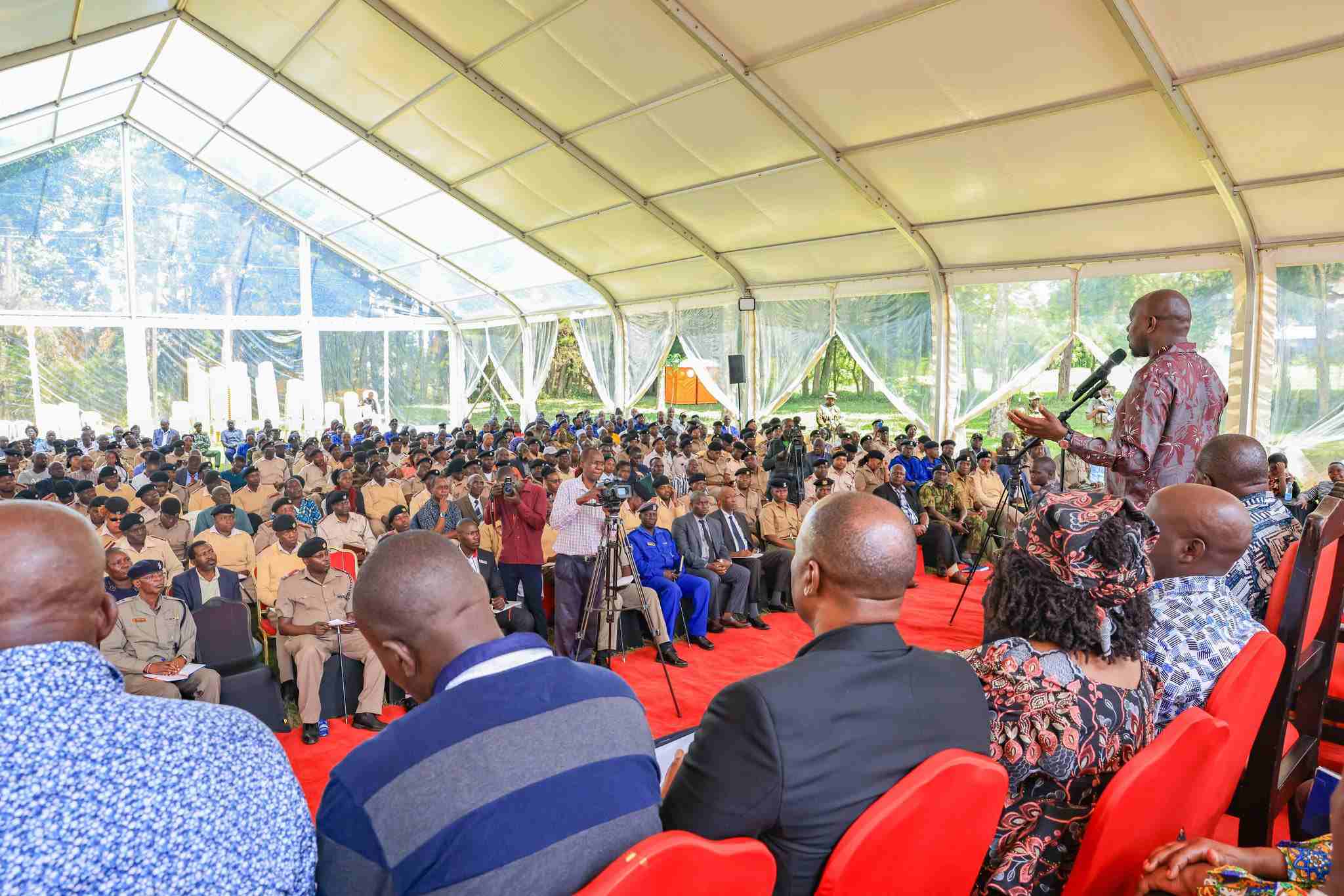Tribute to Cheruiyot Kirui - The bold mountaineer who dared to dream
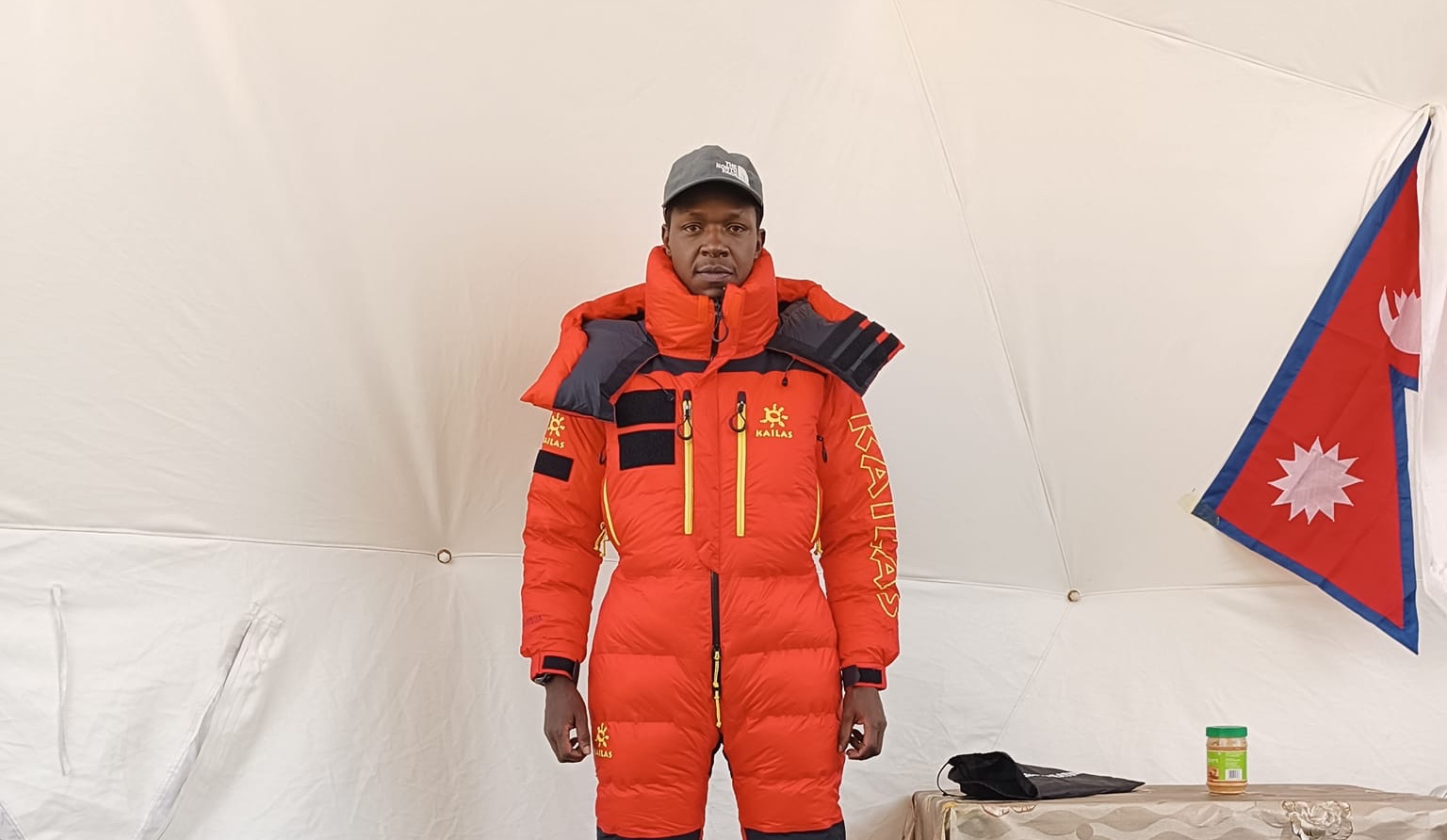
The career banker and hobby mountaineer was discovered dead just before the summit of Mt Everest earlier today
Five days before his death on Mount Everest on Wednesday, May 22, 2024, Cheruiyot Kirui shared some photos on his Instagram page.
He captioned the photos with: a rallying call to the challenge that awaited him that night, the number of days he had spent at basecamp, the parties honouring successful summits that kept him going as he waited for his moment, the risks that he was susceptible to such as frostbite, High Altitude Cerebral Edema (HACE), and High Altitude Cerebral Edema (HAPE) and how he was prepared to overcome them with heated clothing that he would wear and the medication that he would carry; the role of the guide accompanying him who carried an emergency bottle of oxygen, and, the physical, mental, temporal, and financial toll the expedition has taken on him (he said he would declare bankruptcy immediately he landed back in Kenya).
More To Read
- Remembering Joshua Cheruiyot Kirui: Family and friends celebrate the life and times of maverick mountaineer who died on Mt Everest
- Family decides to leave Cheruiyot Kirui’s body on Mt Everest
- FAKE: Video of body retrieved from Mt Everest is not Cheruiyot Kirui’s
- 'Cheruiyot Point' landmark named in honour of first African to almost summit Everest
- Family confirms details of Kenyan Climber Cheruiyot Kirui’s death on Mt Everest
- Kenyan climber Cheruiyot Kirui dies while attempting to reach Mt Everest summit
“As usual, we reconvene here in a few days to see how things will turn out,” he said in what would be his last Instagram post. Unfortunately, Cheruiyot Kirui never returned as he had promised. He died a few metres from the summit of the world’s highest mountain after his body relented to the audacious challenge he had set himself.
In one of the photos he shared on Instagram six days ago, Kirui faced the camera as he stood inside a tent in his orange and black down suit and grey baseball cap. He stood barefoot, his feet shoulder-width apart, and his hands closed.
If anything, for an ardent football fan, his stance and occasion evoked that famous quote by former Manchester United manager Sir Alex Ferguson on Paul Ince, a midfield dynamo who starred for the Red Devils and the English national football team in the 1990s: "I used to have a saying that when a player is at his peak, he feels as though he can climb Everest in his slippers." That's what he (Paul Ince) was like.”
At the height of his legendary exploits as a mountain climber and ultra-marathoner, Kirui, a Kenyan banker, aspired to conquer mountaineering's ultimate challenge—climbing Mount Everest without supplemental oxygen. Although his pursuit did not include summiting the world's highest mountain without supplemental footwear, it was an audacious bid, bolstered by his admirable reputation as a maverick mountaineer.
As chronicled by fellow mountaineer James Muhia on Twitter (X), Kirui has summited Mount Kenya, Mount Kilimanjaro, Mount Stanley in Uganda's Rwenzori mountain ranges, and the mountains in the Aberdare Ranges numerous times. He even owns course records for running from base to summit on some of those mountains across different routes.
Kirui’s record as an ultra-marathoner unfurled on Muhia’s timeline with expeditions that would make mockery of the 42-kilometre lung-busting run battalion comprising Eliud Kipchoge, Kenesisa Bekele, and their coterie of long-distance runners.
Kirui's exploits as an ultramarathoner included 96-kilometre, 121-kilometre, 160-kilometre, 166-kilometre, and 356-kilometre runs at elevations ranging from 3 900 metres to 27 000 metres across trails in Poland, Turkey, Thailand, the USA, and Italy.
His audacious bid to climb Mount Everest without supplemental oxygen came after he became the first African to summit a peak above 8 000 metres without supplemental oxygen when he reached the top of Mount Manaslu in the Nepal part of the Himalayan mountain ranges in September 2023.
At 8 163 metres above sea level, Mount Manaslu is the eighth highest mountain in the world and one of the earth’s 14 eighth-thousanders mountains.
While Kirui's feat of summiting Mount Manaslu without supplemental oxygen was impressive, conquering Everest in the same manner would have been even more remarkable.
In another Instagram post, published on April 18, 2024, Kirui labelled his daring bid as a curiosity expedition.
“For some reason, I feel I can comfortably climb Mount Everest without oxygen, which unfortunately neutralises the thrill of such a climb for me,” Kirui said in that Instagram post.
He remarked that he was not sure about his chances of successfully summiting Mount Everest without supplemental oxygen, but the prospect of hacking it had excited him enough to take on a risk whose dangers he was well aware of.
Numerous media reports quoted him, stating that the success rate for daring expeditions like his stands at 40%, and on his Instagram page, he shared that only 2% of expeditions to the summit of Mount Everest are done without supplemental oxygen.
Since April 18, Kirui has updated the world with insights, photos, and stories of his audacious expedition, and when he went silent, it was The Himalayan Times who broke the news of his disappearance and his Sherpa guide after they had cleared 8 000 metres.
Mingma Sherpa, the Chairman of Summit Seven Treks, informed The Himalayan Times that Kirui and his Sherpa guide lost contact above 8 000 metres, prompting the mobilization of two Sherpa rescuers to search for them. Those two rescuers returned to the world with the news that everyone dreaded—our Kirui and his Sherpa guide did not make it.
Summit Seven Treks is a commercial adventure operator based in Nepal that organises mountaineering expeditions to the Himalayan and Karakoram mountain ranges in Asia. A Sherpa is a member of the Himalayan people living on the borders of Nepal and Tibet who are renowned for their mountaineering skills.
Expeditions to the top of Mount Everest have increased in recent years, to the point that The Economist, in an April 2024 article, labelled the exercise “the extreme sport du jour.”
In the same article, The Economist stated that in the 40 years since Sir Edmund Hillary and Tenzig Norgay's first successful summit of Mount Everest, there have been an average of 12 successful expeditions per year.
However, as The Economist reported, the number of successful expeditions started rising steadily in the 1990s following the establishment of the professional guiding industry, whose legion of experienced climbers has assisted mountaineering novices reach the summit of the world’s highest mountain.
Expeditions to the summit of Mount Everest are expensive, costing anywhere from KES 4.5 million to 14.5 million. Perhaps it is for that reason that Kirui, who described himself as a regular 8-to-5 banker, remarked about filing for bankruptcy immediately after he landed back in Kenya.
It is widely known that not every expedition to the summit of Mount Everest is successful. Many people have climbed Mount Everest and lost their lives on the way up or down. Some give up on their expeditions completely and return home, leaving Mount Everest's summit unconquered but their lives preserved to dare another day. In 2023 alone, over 1200 people attempted to summit Mount Everest but only 655 of those made it to the top, with 18 reported to have lost their lives.
However, those 18 deaths and many more before them remain a reminder of the risks that come with challenging Mount Everest, and every passing year has proven that deaths on Mount Everest do not deter daredevils like Kirui. People seem to find the expedition more appealing when they are aware of its risks, and those who observe can only hope for good fortune for those who dare to dream as Kirui did.
While summiting Mount Everest remains an impressive accomplishment, the gold standard for rising to that achievement is doing so without supplemental oxygen, and that was what Kirui was after.
Since 1978, when Italian daredevil Reinhold Messner and his Austrian sidekick Peter Habeler first climbed Mount Everest without supplemental oxygen, very few mountain climbers have achieved this distinction.
The European duo's success challenged beliefs held by the medical community at the time, and since then, there has been a re-evaluation of the physiology of the human body at high altitude that other mountaineers have striven to sustain by emulating Messner and Habeler.
Having already consumed enough information about how risky a venture summiting Mount Everest, even with oxygen, is, it was evident that Kenyans who followed Kirui’s audacious expedition did so with a cocktail of hope and fear.
As a result, when The Himalayan Times reported Kirui's disappearance, as well as the death of a Romanian climber who breathed his last at 8,790 meters, there was increased concern for the safety of our maverick compatriot.
Regrettably, the news of his demise on Twitter (X) on Thursday morning did not fulfill our prayers for his safety.
The posts on Everest Today's timeline resembled obituaries, but one post—about the first successful summit by a Slovak woman without oxygen—showed Kenyans how narrow the margins are. Kirui, too, would have made it, but his day had come.
To his credit, Kirui had all it took to make it to the top without supplemental oxygen and join an elite list of mountaineers who have accomplished that feat. The exploits he had embarked on previously are enough to scare death into ordinary folk, but Kirui's accumulation of them served as evidence of his experience, endurance, and physical fitness.
For him, perhaps, the only other challenge after conquering Mount Everest without supplemental oxygen would have been to repeat it because he had what it takes to do it again and again. Sadly, that will never happen.
The frozen bodies of climbers nicknamed "green boots," "the German," and "sleeping beauty" mark the trail to the summit of Mount Everest. Our dear Kirui now sleeps along that trail in his orange and black down suit and black boots, as a Kenyan mountaineering giant who dared to dream and achieve the impossible.
For someone who only started jogging in 2010 to cut weight while he lived in Nandi Hills—as he told hiking blogger Kiprono Leting in a podcast—Kiui’s journey to the daredevil challenge that claimed his life will be narrated far and wide. Without supplemental oxygen, he would have been the first Kenyan and African to summit Mount Everest. His death has stripped us of the pride of savoring his achievement, but nonetheless, we celebrate a good man who gave Mount Everest an audacious look and went for it.
Before he went up Mount Everest, avid mountaineer James Muhia wrote in a post he had published on Twitter (X) about his departed friend, "Also, he (Kirui) is a good man." May the mountain favour him.”
Yvonne Adhaimbo Owuor, a renowned Kenyan author, eulogized Kirui, describing him as "a champion, explorer, seeker after immensity, a transcendent human being, a great Kenyan and African."
Only time will tell when we see another daring Kenyan like Kirui, and when we do, we hope that the mountain will honor the transcendent memory of that gallant compatriot and seeker after immensity. For now, may Kirui’s gentle soul rest in eternal peace.
Top Stories Today
